Let’s get to the main point right away: The Nutcracker run ends on Dec. 30th. Do not delay! Get tickets for it now. This is an experience you do not want to miss. The dancers are world-class wonderful. The Tchaikovsky score is full of beautiful music that makes everyone feel a lift like the ballerina in one of the astonishing lifts with her partner. The scenery will pop your eyes out. The costumes are breath-taking. Pick up the phone, dive into the SF Ballet web site, get the tickets!
No, I do not work for the Ballet, and this is the first Nutcracker I have seen for over 20 years.
The San Francisco Ballet is rightfully proud of being the first ballet company to produce and perform the Nutcracker ballet in the USA. That was in 1944. Through the decades, the SFB has presented several new versions made with respect for the original. The current, extravagant, amazing performance is Helgi Tomasson’s production, premiered in 2004. He was the artistic director and main choreographer for SFB beginning in 1985 and just retired in 2022. Tomasson decided that the tradition of having this Russian ballet take place in Germany did not make sense for today’s audience. Originally, it was choreographed by the great classical choreographer, Lev Ivanova, with a libretto by Marius Petipa, another great, classical choreographer.
Tomasson keeps an historical setting, but it is San Francisco in 1915. The opening scene is on a street with Painted Ladies, fantastic houses of Victorian styles. It is after the 1906 Earthquake, at the time of the Pan American Exposition, and before the US entered World War I. The at-home costumes are era appropriate. The family celebrating Christmas together sees the adult ladies and girls in timely but dance-able dresses.
Are you a person who does not know the “plot” of the story? A foggy night in San Francisco. Drosselmeyer is in his shop finishing his gift for the Stahlbaum family. It is a magic nutcracker. People on the street hustle this way and that. Drosselmeyer (Val Caniparoli) enters the Victorian home.
Inside, a Christmas party is happening. Children and adults dance. Drosselmeyer’s gifts are a life size jack-in-the-box who does fabulous leaps and turns until his wind up key runs down. There is also a ballerina doll wearing a magnificent tutu of pinks and white. She dances en pointe until she is carried back into her box. Clara (Emily Yin, an excellent student of the SFB school) the daughter, receives the Nutcracker and loves it. Her brother, Fritz (Santiago Stack-Lozano) pulls the Nutcracker away. It breaks. Drosselmeyer mends it. Everyone leaves except Clara who comes down stairs to look for her Nutcracker. In her dreams, Drosselmeyer makes the Christmas tree grow. It really happens: the tree grows on stage to 30 feet tall.# He also makes the house grow bigger: Clara now looks tiny.
Enter the Mice. Clara is scared of the mice. She has no table to jump onto. She does not scream, as I might, but the Nutcracker comes to defend her. He now has a sword. The mice are not ordinary mice; they wear wonderful costumes and the King of the Mice (danced by Sean Bennett) has an impressive head piece.
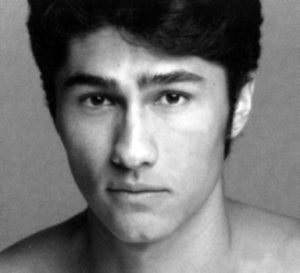 Sean Bennett – King of the Mice
Sean Bennett – King of the Mice
They battle; the Nutcracker wins. He removes his big nutcracker head piece and becomes the Nutcracker Prince (Wei Wang). The Nutcracker offers exquisite solo dance roles for ballerinas. The Queen of the Snow, the Sugar Plum Fairy, and the Grand Pas de Deux. Through these beautiful, technically challenging roles, there is a male dancer partner. Wei Wang performs as Nutcracker Prince and the Grand Pas de Deux. He is an engine that keeps the two acts humming along. His partnering is superb. His leaps and spins are superb. Watch for him in other leading roles; his dancing is absolutely…just right.
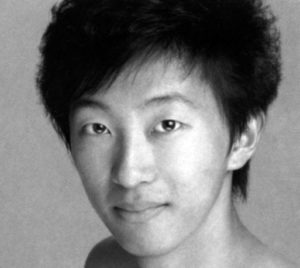 Wei Wang – Nutcracker Prince, Grand Pas de Deux
Wei Wang – Nutcracker Prince, Grand Pas de Deux
The Nutcracker is exhausted from the fight. Clara looks to Drosselmeyer. Using his magic skills, Drosselmeyer turns the Nutcracker into a handsome Prince. They go to the Land of Snow. In each performance, and there are 31 performances!, 150 pounds of “snow” falls from the top of the opera house stage.#
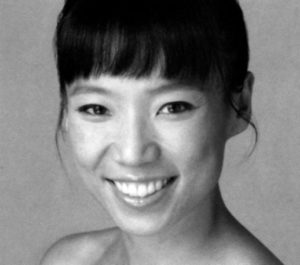 Frances Chung – Queen of the Snow
Frances Chung – Queen of the Snow 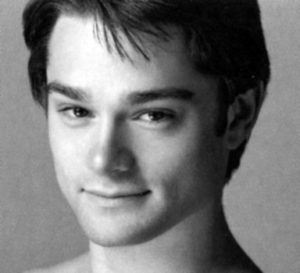 Cavan Conley – King of the Snow
Cavan Conley – King of the Snow
This creates an amazing vision of falling snow while the Queen of the Snow (Frances Chung) and the King of the Snow (Cavan Conley) dance with ballerina Snowflakes. It is beautiful: the dance, dancers, atmosphere, costumes. The Snow Queen’s tutu is decorated with 300-500 Swarovski crystals and took about 80 hours to construct by hand.#
The Sugar Plum Fairy (Sasha Mukhamedov) appears in the Second Act. This lovely dancer introduces Clara and the Prince to her realm.
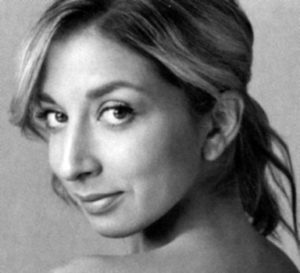 Sasha Mukhamedov – Sugar Plum Fairy
Sasha Mukhamedov – Sugar Plum Fairy
She also presents entertainments of wonderful variations in dance styles: Spanish, Arabian, Chinese, French, Russian, and Madame Du Cirque with her Buffoons. The Buffoons are very young SFB school dancers with Davide Occhipinti as a charming trained bear. Each of the variations are exciting to watch. The Russian dance begins with an explosion of energy as the dancers jump through pictures breaking the paper as they fly through the frames.
The Sugar Plum Fairy leads the Waltz of the Flowers, one of Tchaikovsky’s great, romantic waltzes.
There are so many great moments in all of the dances, I regret not being able to picture every dancer. However, this is the largest production ever presented by the SFB. That means there are 83 company dancers and 110 SFB students.# The Sugar Plum Fairy gives Clara a special Christmas gift: she makes Clara a ballerina to dance with her Prince.
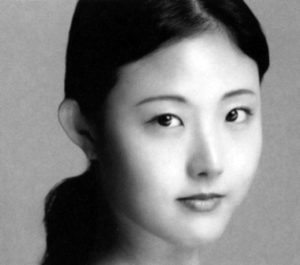 Wona Park – Grand Pas de Deux
Wona Park – Grand Pas de Deux
The Grand Pas de Deux, danced by Wona Park and Wei Wang was thrilling. They performed every difficult step as though they were walking on a garden path – easy – but it was impressive and beautiful. Brava, Bravo. Extra bows for them and for the entire cast. Your audience loved you.
# Courtesy of the San Francisco Ballet: these numbers are taken from the Nutcracker program book. Dancers’ head shots are from the SF Ballet Nutcracker program book.
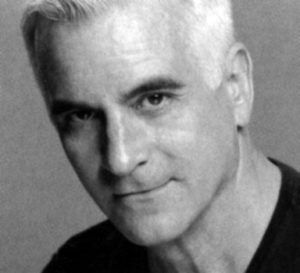
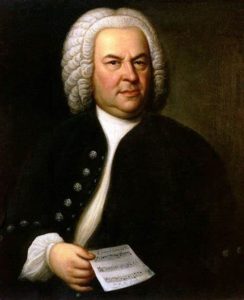 Johann Sebastian Bach, composer (1685-1750)
Johann Sebastian Bach, composer (1685-1750)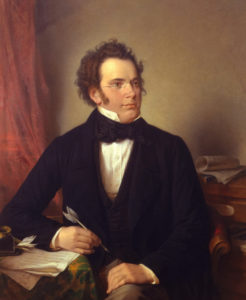 Franz Schubert, composer, 1797-1828) (posthumous painting by R
Franz Schubert, composer, 1797-1828) (posthumous painting by R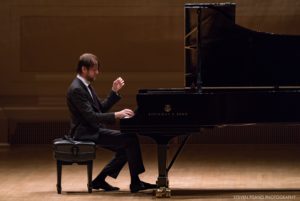 Daniil Trifonov, pianist
Daniil Trifonov, pianist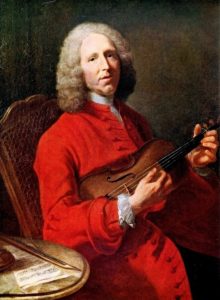 Jean-Phil
Jean-Phil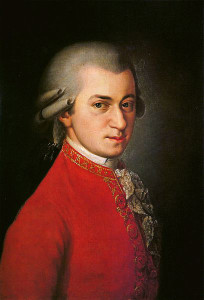 Wolfgang Amadeus Mozart (1756-1791)
Wolfgang Amadeus Mozart (1756-1791)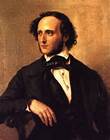 Felix Mendelssohn, composer (1809-1847)
Felix Mendelssohn, composer (1809-1847)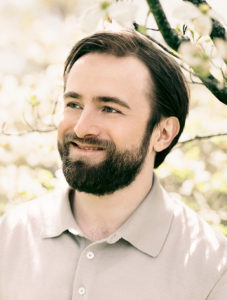 Da
Da Ludwig Van Beethoven, co
Ludwig Van Beethoven, co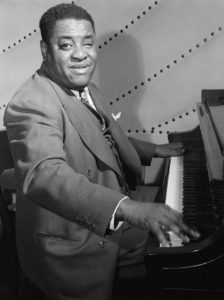
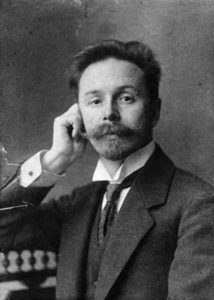 A
A